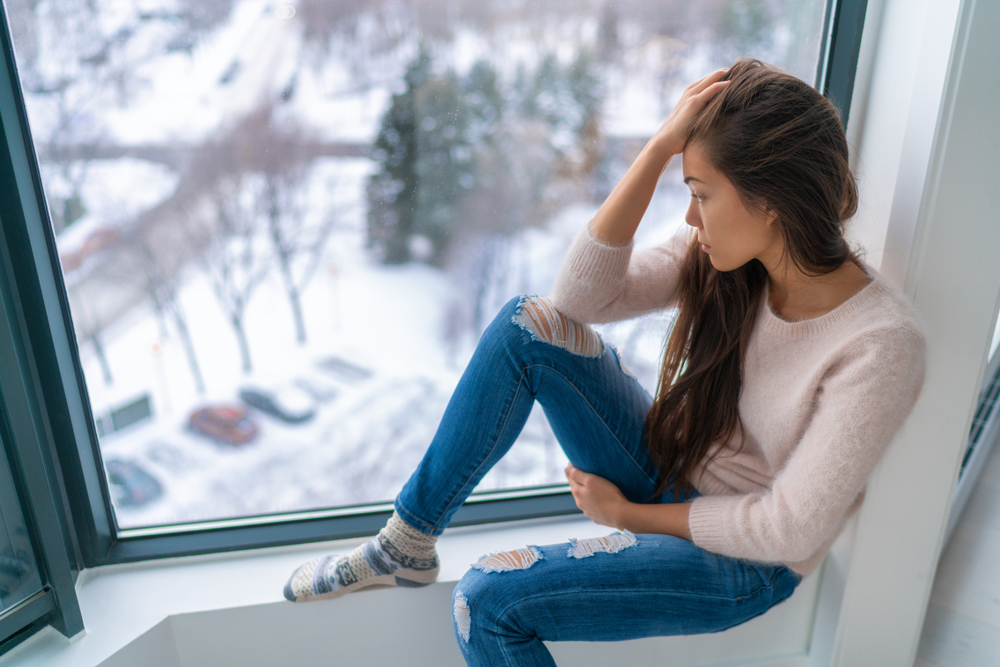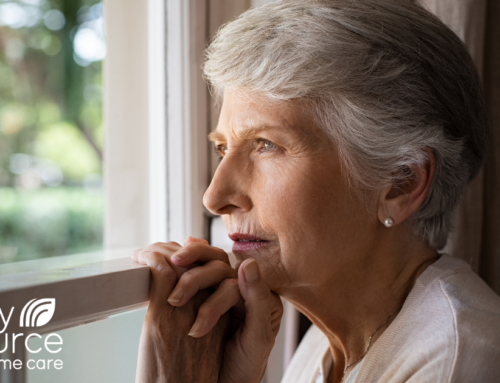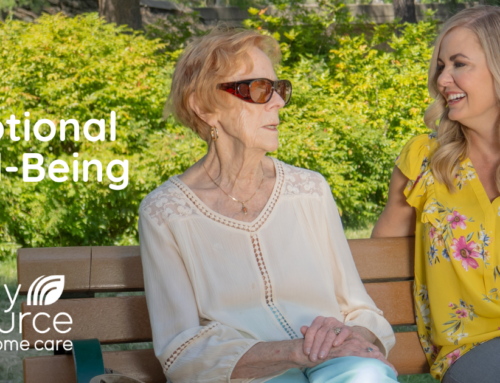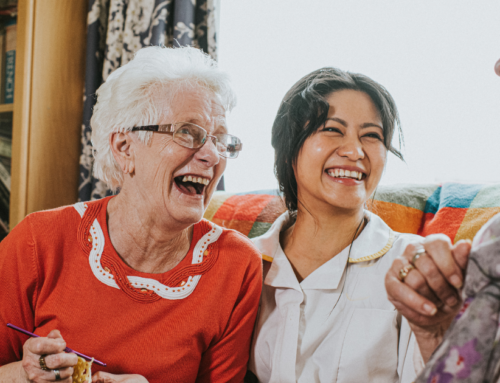Have you noticed a change in your overall mood now that the short, dark days of winter are upon us? The reduced amount of natural sunlight during the fall and winter months makes everything seem gloomy. Still, despite the lack of sunshine, the majority of us are still able to maintain a positive outlook and our regular routine. But for some people, depression during this time of year is an annual occurrence and it can be severe enough to impact their quality of life. When this happens, the individual may be experiencing a mood disorder called Seasonal Affective Disorder, also known by its acronym SAD.
In an online article from the Mayo Clinic, the author lists a number of symptoms that are typically present when an individual is diagnosed with SAD. They include:
- Depression
- Hopelessness
- Anxiety
- Fatigue and loss of energy
- Heavy, “leaden” feeling in the arms or legs
- Social withdrawal
- Oversleeping
- Loss of interest in activities once enjoyed
- Appetite changes; craving foods high in carbohydrates
- Weight gain
- Difficulty concentrating
Causes
SAD is not the same as having the “winter blues.” On the website WebMD, an article on seasonal depression looks at the causes that contribute to SAD. “While we don’t know the exact causes of SAD, some scientists think that certain hormones made deep in the brain trigger attitude-related changes at certain times of the year. Experts believe that SAD may be related to these hormonal changes. One theory is that less sunlight during fall and winter leads to the brain making less serotonin, a chemical linked to brain pathways that regulate mood. When these pathways don’t function normally, the result can be feelings of depression, along with symptoms such as fatigue and weight gain.”
SAD tends to be more common in women than men, and because the lack of daylight during wintertime is associated with SAD, it is more often found in people living in locations where it is often cloudy and dark. Think the Pacific Northwest!
Treatment
The best treatment for a mood-disorder caused by the lack of natural sunlight is to spend time outside, particularly in the morning. If this is not possible, some doctors will prescribe an anti-depressant. Another option is a treatment called “light therapy”, also known as phototherapy.
Light Therapy
Since SAD is caused by a lack of exposure to natural sunlight, it makes sense to treat it, or even prevent it through an increase in exposure to light. This recognition led to the development of a special lamp with a very bright fluorescent light that mimics light from the sun. The WebMD article describes why and how these lamps work.
“Light affects the biological clock in our brains that regulates circadian rhythms – a physiological function that may include mood changes when less sunlight is available in winter. Natural, or full-spectrum light, can have an anti-depressant effect.”
Light therapy only works with a special lamp designed for this purpose, and there are specific guidelines about how close to sit to the light and for how long. Anyone using light therapy needs to be diagnosed, instructed, and monitored by a doctor.
As is true for all illnesses and disorders, prevention is preferable to treatment. Eating a healthy diet, doing twenty minutes of some type of exercise every day and spending time outdoors are all essential to achieving a good quality of life. But if you suspect that you or a family member may have Seasonal Affective Disorder, please consider seeing your doctor. If it is a client who seems to become depressed during the fall and winter, and they are exhibiting other symptoms of SAD, let your supervisor know right away.





